In nature, size has never been a document. Proof of this is the exuberant fitônia, a plant full of bright and contrasting colors, but that doesn’t grow more than a few centimeters in relation to the ground.
But, after all, this is not a problem at all, as this little notable manages to steal the show even in front of large species.
Check out the following tips to take care of this beauty in your home.
Phytonia characteristics
Very Brazilian, fitônia is a native plant of our beautiful and verdant Amazon rainforest. There, it grows quietly under the shade of trees and larger plants, like a legitimate creeping species.
Fitonia, as you already know, is small. The leaves reach a maximum of five centimeters, while the branches do not grow more than 15 centimeters.
In summer, phytônia exhibits small spiked flowers, but don’t get excited: they have no ornamental value.
That’s because the great highlight of this little plant is its leaves. The colors are vibrant and combine an incredible contrast, as is the case of the phytônias with green leaves and white ribs or the phytônias with leaves with a green background and ribs in pink, pink or red.
The pattern of print created on the surface of the fitônia makes it also known as a mosaic plant.
Fitônia is very easy to find for sale, from Garden centers to hypermarkets. The price is another attraction of this kind, since the vases can be bought for a trifle of R$12, on average.
How to take care of phytônias
Phytônias are not difficult to care for, but they do require attention and some care. Just take a look at the following tips:
Ground
Phytonia likes soil rich in organic matter. Therefore, before planting the seedling, ensure that the soil is well fertilized. Another important thing is to keep the soil draining so that the water finds its way out and does not accumulate at the bottom of the pot.
watering
Phytonias are tropical plants that appreciate moisture, but that doesn’t mean soggy soil. On the contrary, if you water this species too much, it can rot and die.
On the other hand, the lack of water quickly causes the phytonia to wither. In other words, this is a plant that asks for balance in watering, neither too much nor too little.
As a rule, the ideal is to create the habit of watering it more times during the week in the summer months, in winter, the watering can be more spaced. But never leave them asking for water.
Phytonia can even recover after a period of drought and withered leaves, but if this happens frequently, the plant may not withstand and eventually die.
If in doubt when watering, always do the finger test. To do this, place your fingertip on the soil, if it turns out dirty, a sign that the soil is damp and watering can wait a little longer. But if your fingertip comes out clean, then it’s a sign that the soil is dry and needs watering.
Lighting and temperature
Another very important factor in the cultivation of phytônia is lighting and temperature.
You remember that this is a tropical climate plant, don’t you? Well, this means that phytonia grows happily amid temperatures ranging from 18º to 26ºC.
Temperatures below 13ºC are very harmful to the species and it may not resist the cold.
Phytonia also does not tolerate wind, so do not place the plant in places with strong air currents.
Regarding lighting, fitônia really likes to be in the shade. But beware: shadow is not a dark place.
Fitônia needs constant lighting. The best place for her, therefore, is near a window, on the porch, or near the door.
The lack of light causes the leaves to fade, that is, they will stretch in search of light.
On the other hand, excessive sun can cause burns on the leaves of the fitônia. Once again, the key is in balance.
One more detail: the phytônias appreciate humidity (tropical climate, remember?), so keep the air humidity under control. If it is too low, especially on dry winter days, spray the leaves with water.
Pruning
Phytonia is a low stature undergrowth and therefore does not require pruning. But it is interesting to cut the highest branches to ensure a harmonious look in the composition.
This small pruning also ends up stimulating the growth of new shoots, which is very good.
Fertilizing
Like any plant, phytônia also needs fertilization. But no exaggerations. Too much fertilizer leaves the plant brown with leaves. The ideal is to offer an NPK 10-10-10 fertilizer every two months, on average.
How to make phytonia seedlings
Can you make phytônia seedlings? Yea! And the process is very simple. Just remove a healthy branch from an adult plant.
It is recommended that this branch has an average of 3 or 4 pairs of leaves. Then bury this branch in a pot with fertilized soil.
Keep the seedling in a bright place without direct sun and water frequently.
Another way to make phytônia seedlings is by dividing clumps. In this case, choose a plant that has between 2 or three branches and detach one of these parts along with the root and plant in a new pot.
Phytonia in the decoration
Fitonia can be used in different ways in interior decoration and outdoor landscaping.
Indoors, fitônia can be used to compose terrariums or in low arrangements decorating the center of tables.
Phytonia can be used alone or in the company of other species, such as peperomias, anthuriums and marantas.
In outdoor areas, fitônia is widely used to cover flowerbeds. In this case, a good idea is to mix the different species of phytônia, forming a super colored massif.
However, remember that phytonia cannot be exposed to the sun. When planting it in gardens, keep the plant protected by other species or under some structure, such as a pergola or eaves, for example.
Check out 30 ideas on how to use fitonia in decoration and landscaping:
Image 1 – Terrarium of fitônias. Mix species together to form a multi-colored set.

Image 2 – Vase of green and white phytônia. An elegantly simple composition.
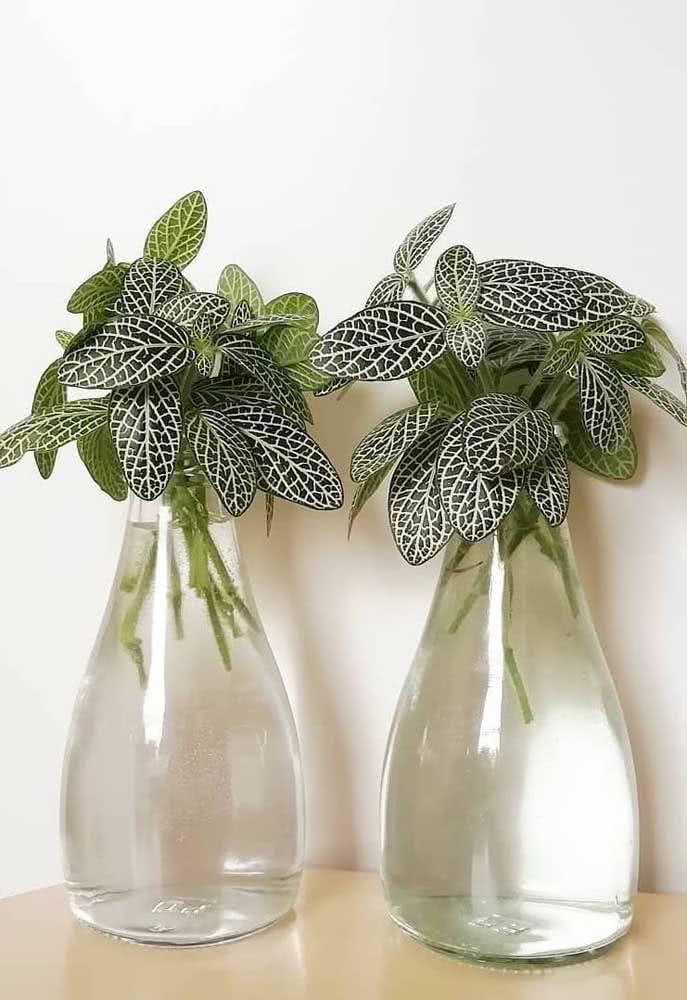
Image 3 – Pink fitônia: vibrant colors are the hallmark of this species.

Image 4 – Pendant fitônia for those who want a different way of using the plant in decoration.
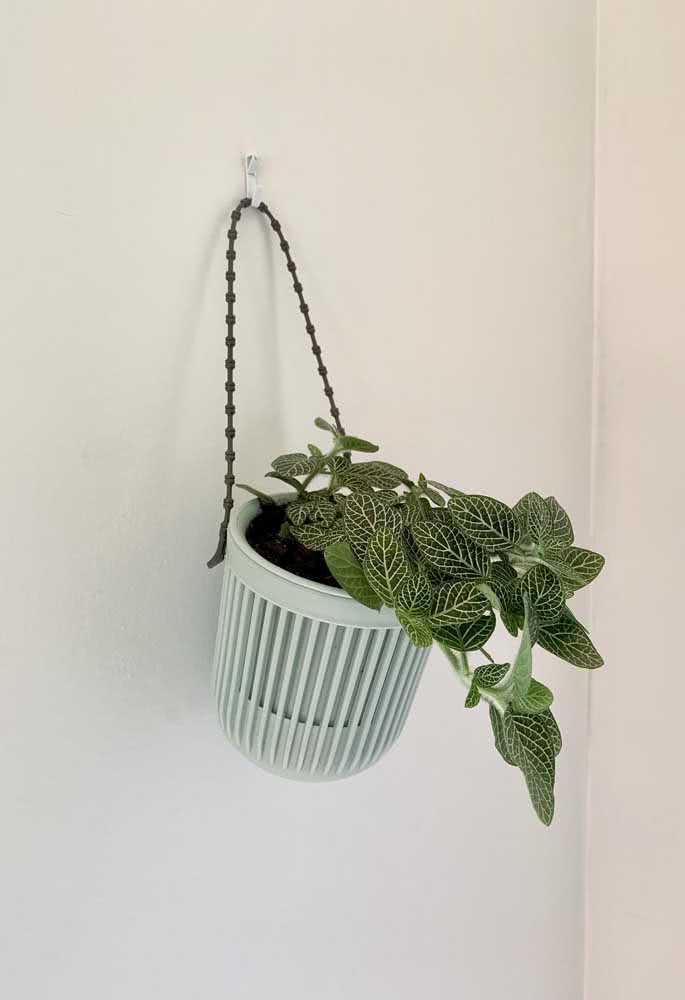
Image 5 – Phytonia and fern: two tropical and Brazilian plants.
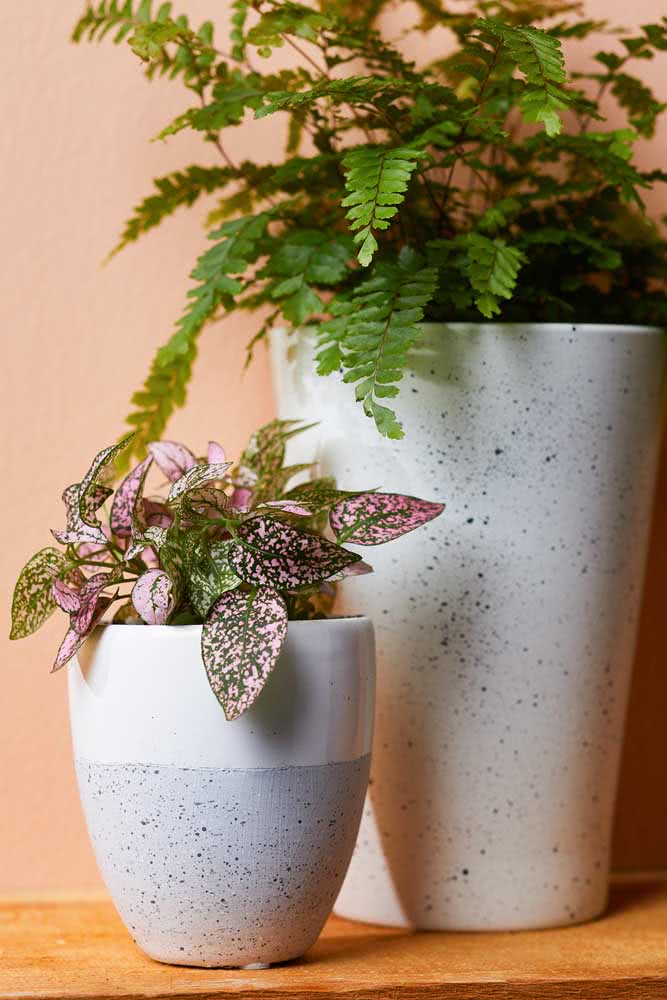
Image 6 – The terrarium is a great way to recreate the tropical climate that fitônia loves so much.
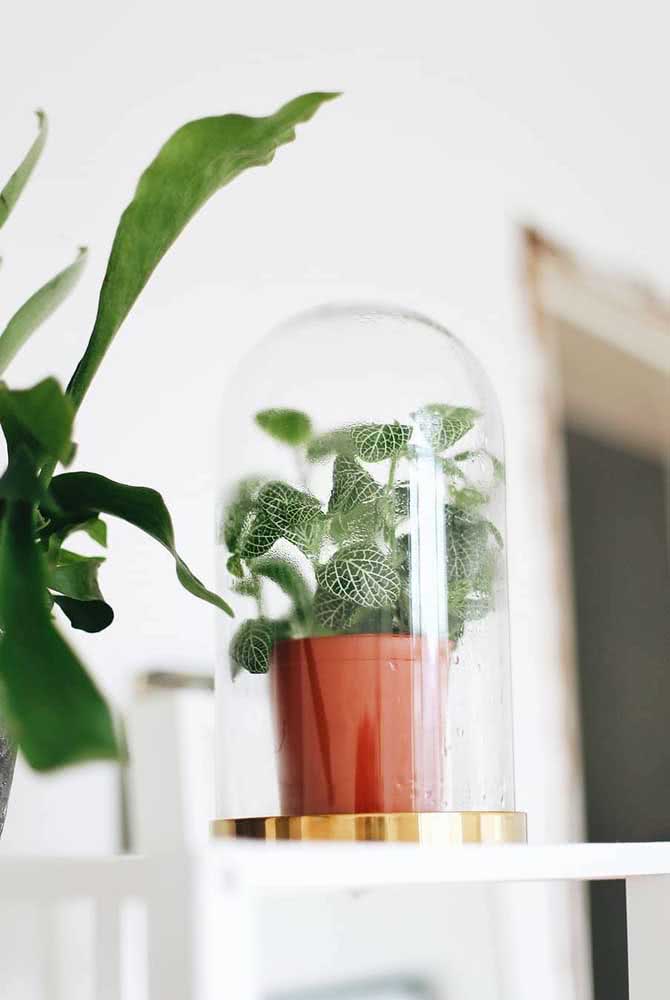
Image 7 – Fitônia in the bathroom: take advantage of the natural light and humidity of this environment to grow your greens
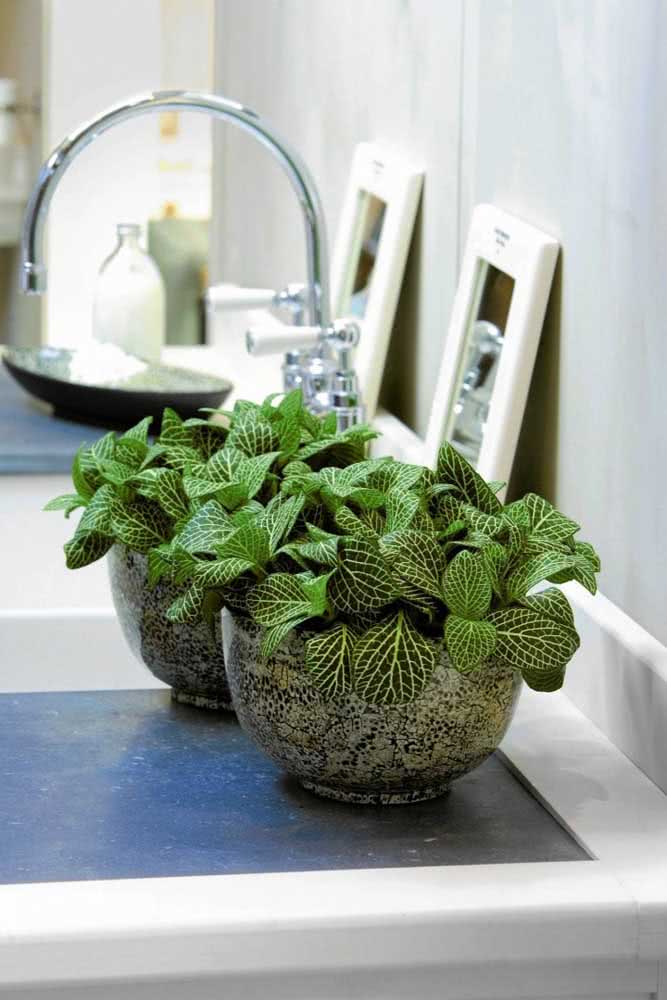
Image 8 – Here, the tall vases with fitônia form a dividing column between the environments.

Image 9 – Fitônia arrangement for the center of the dining table.
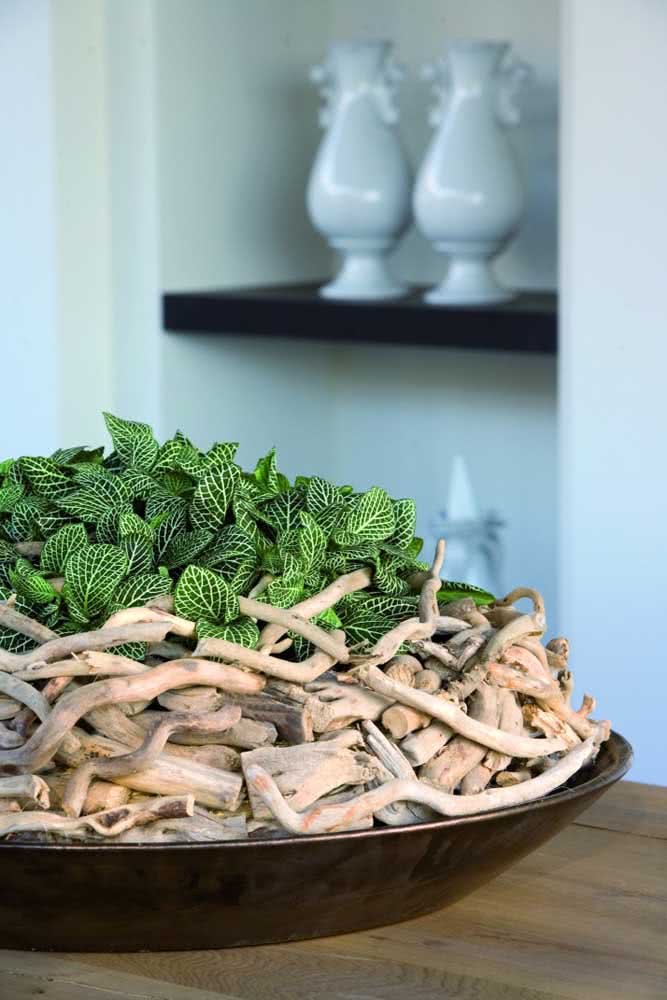
Image 10 – Simple, but full of grace!
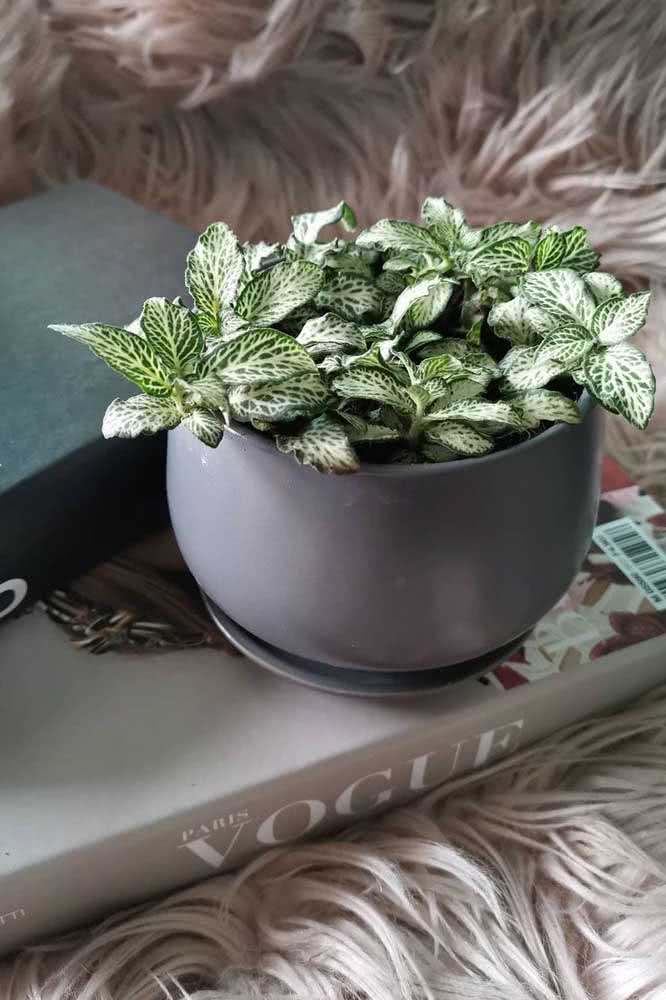
Image 11 – Phytories at the feet of other plants. It is perfect for lining vases.
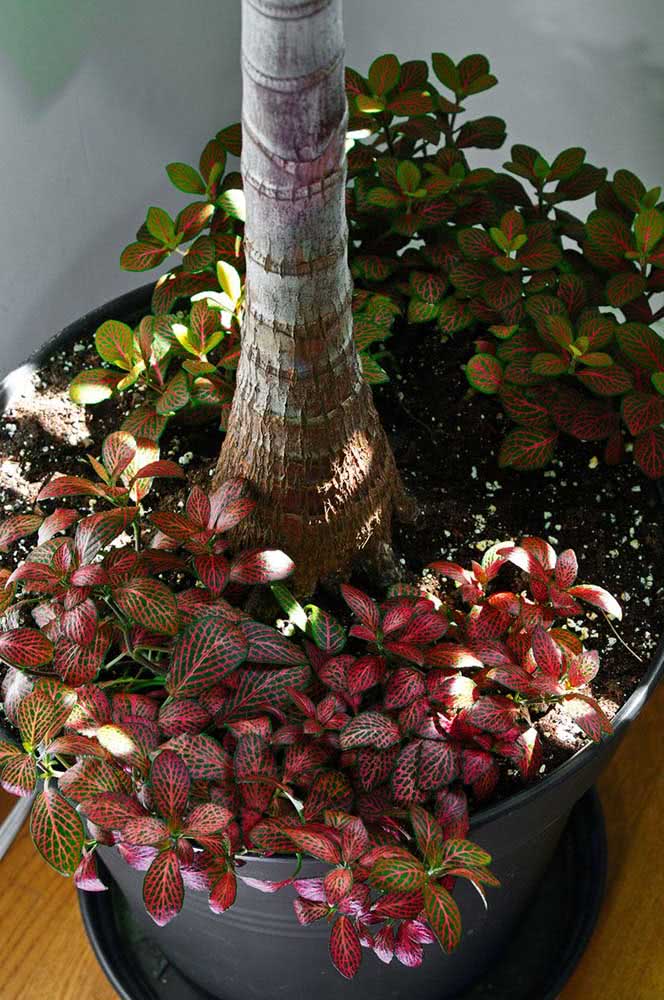
Image 12 – Colorful and cheerful.
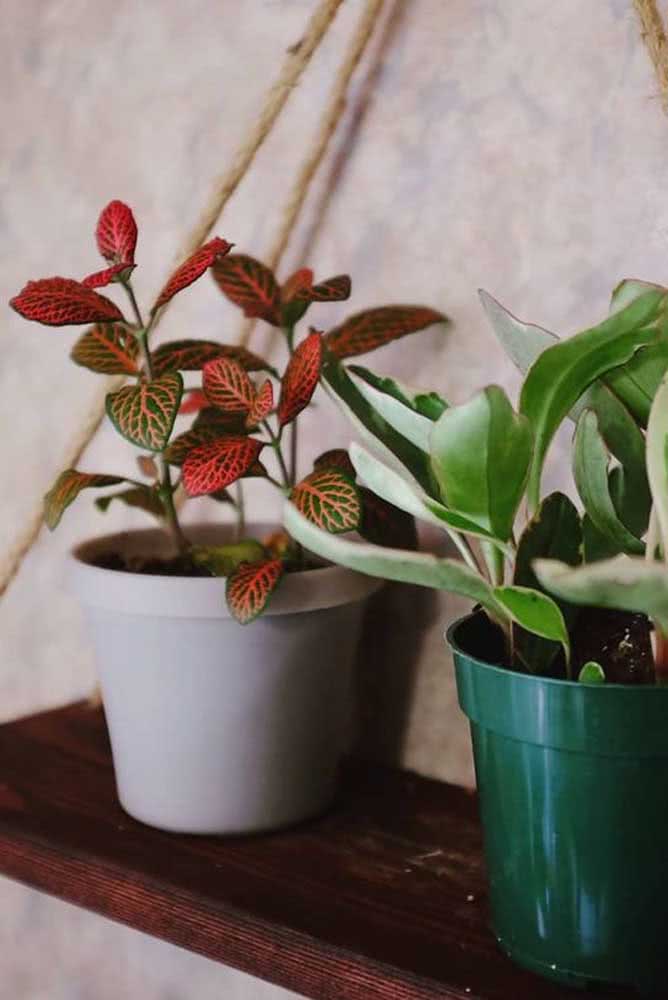
Image 13 – Do you understand now why phytonia is also known as a mosaic plant?
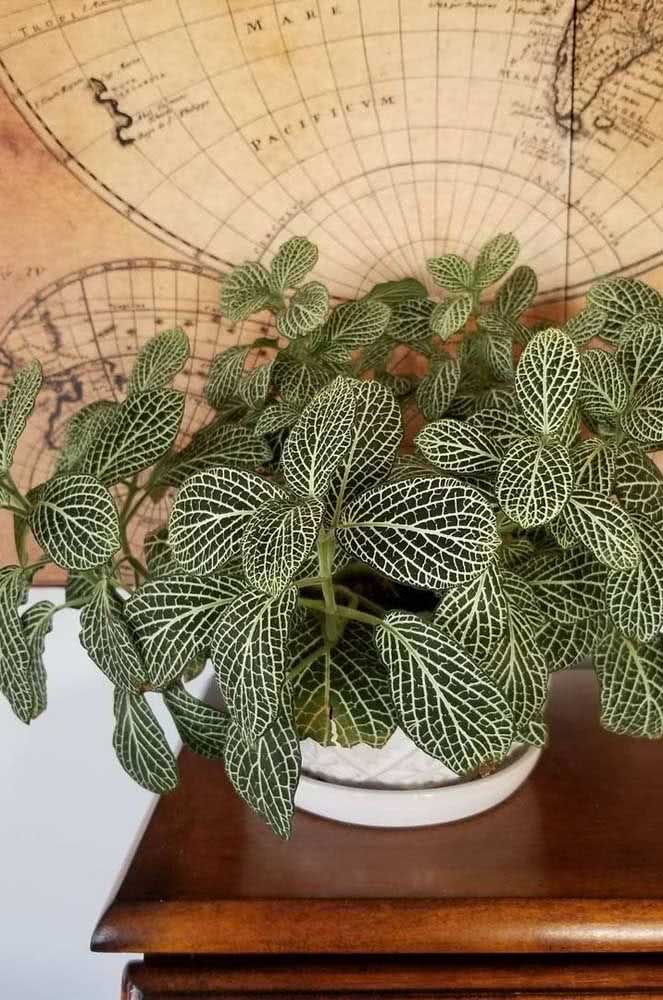
Image 14 – Controlled light for fitônias!
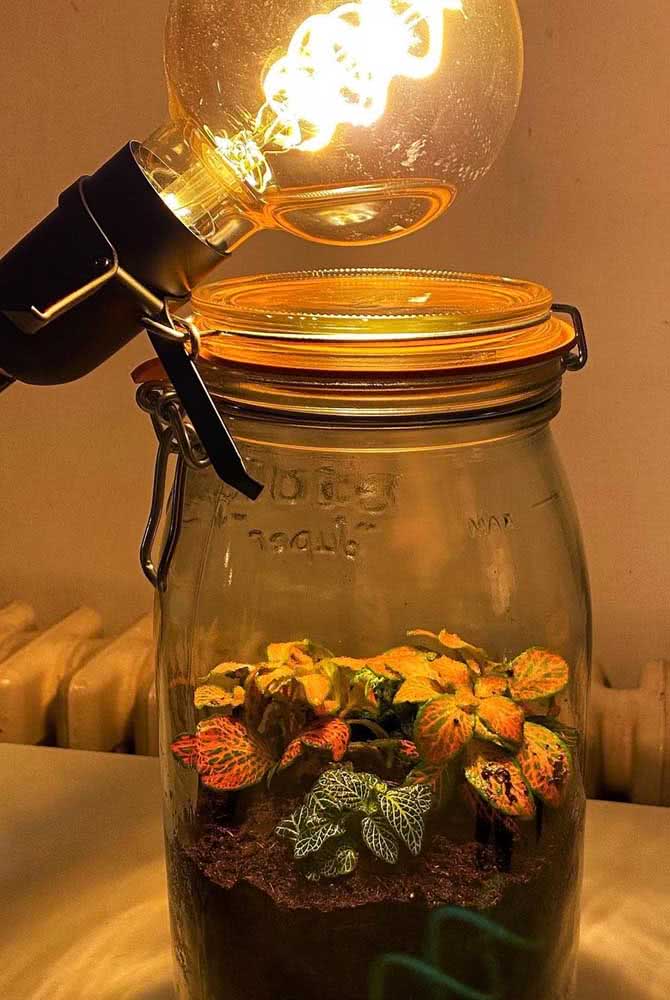
Image 15 – At the top of the closet, the fitônia receives all the light it needs.
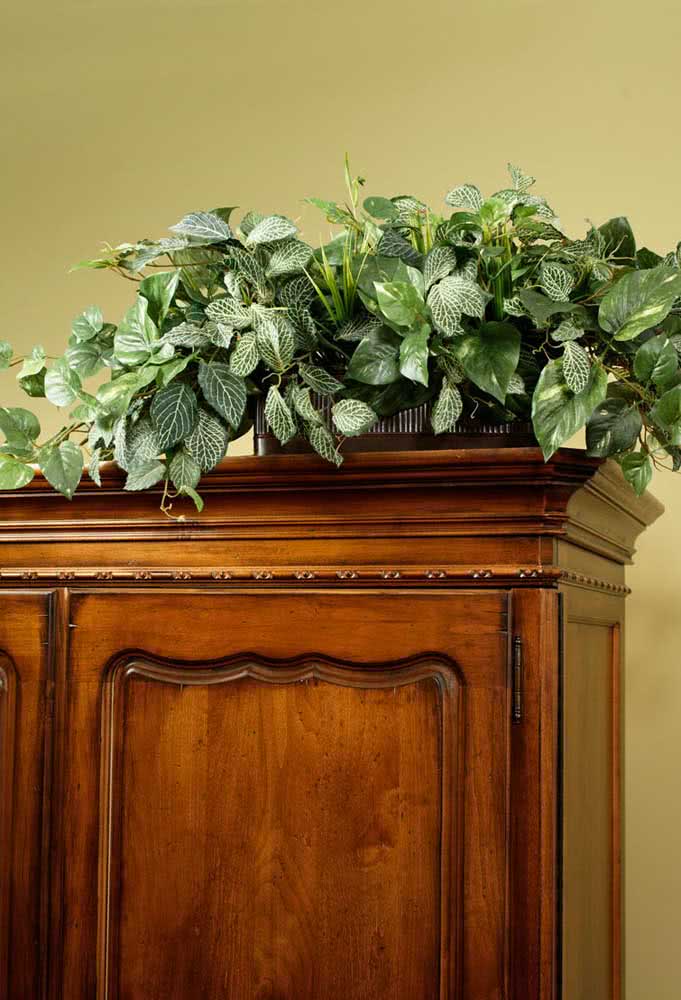
Image 16 – Red phytonia to match the vases of the same color.
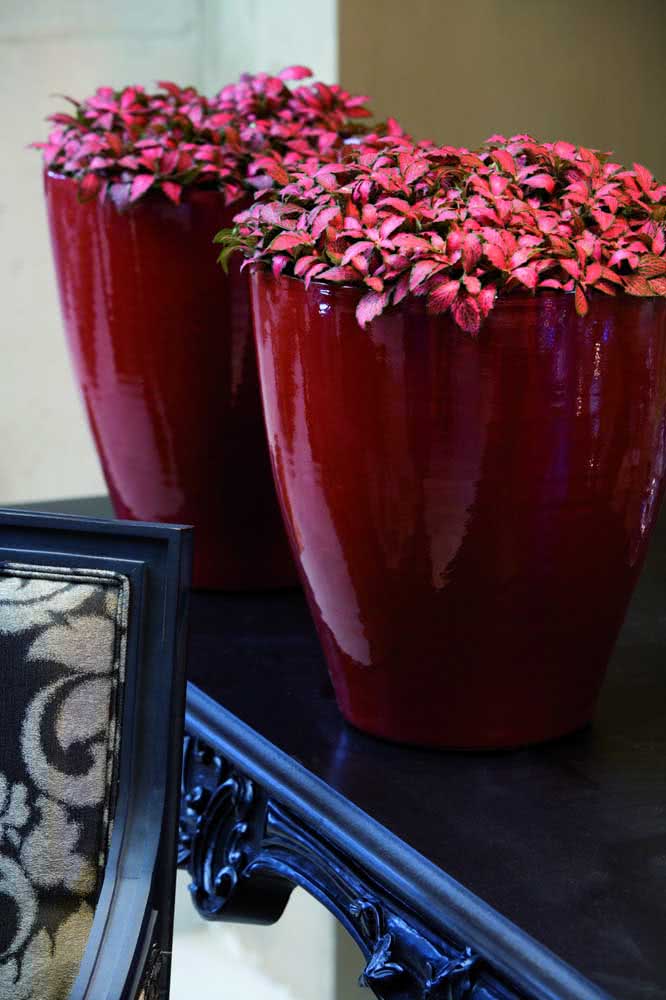
Image 17 – In three different colors to form a super composition.
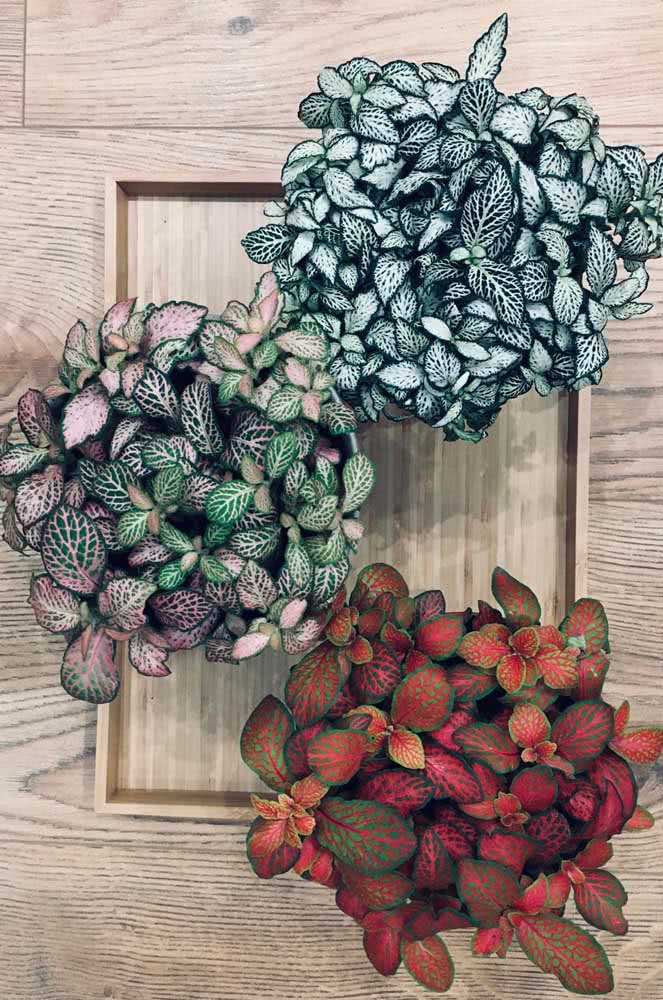
Image 18 – The straw basket was beautiful with the phytônias in green and white.
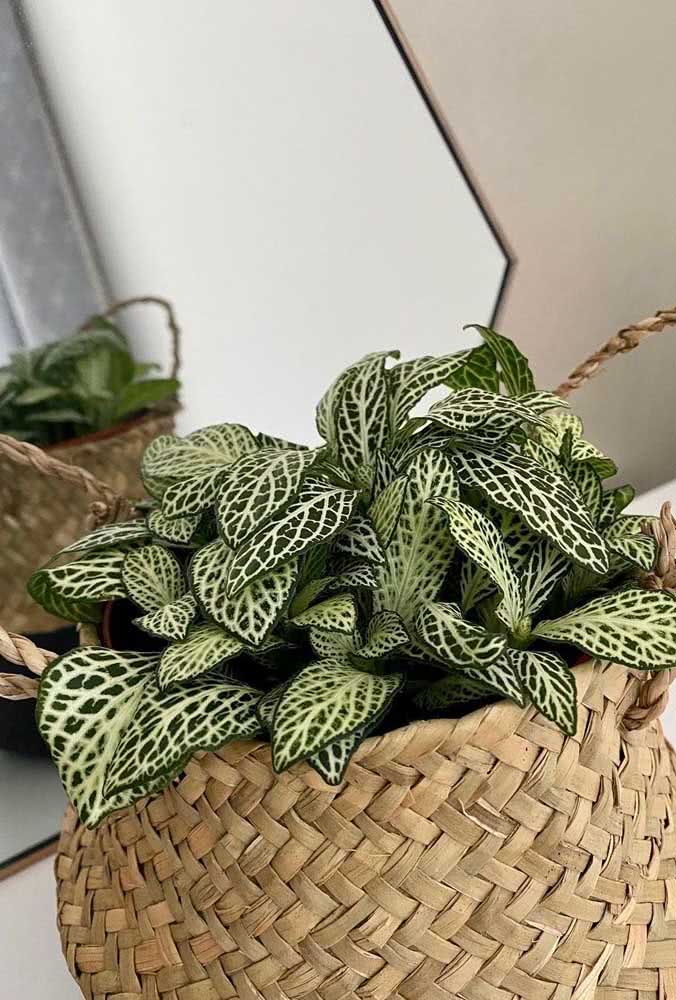
Image 19 – Here, the texture of the leaves of the fitônia blends in with the design of the cup.
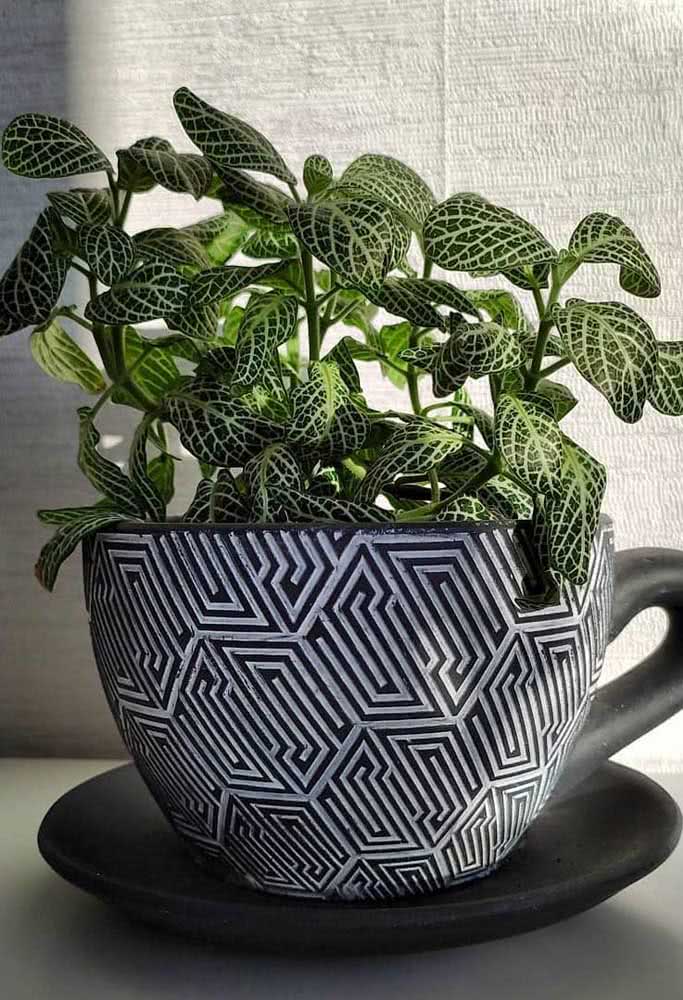
Image 20 – That touch of green that was missing in your decor.
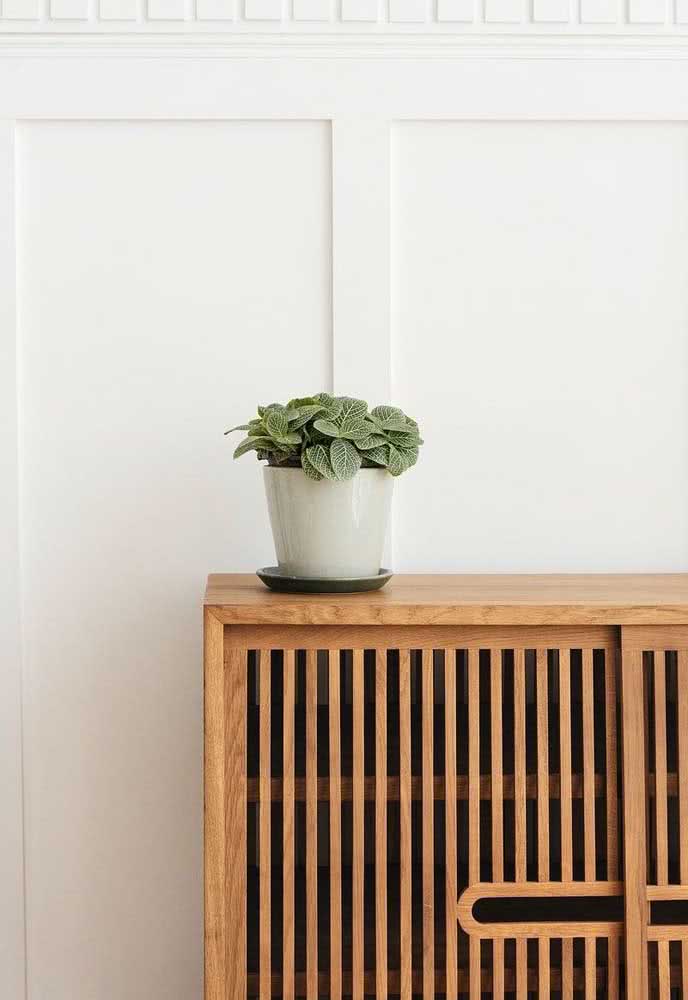
Image 21 – Fitônia, peperômia and boa constrictor: who can resist this trio?
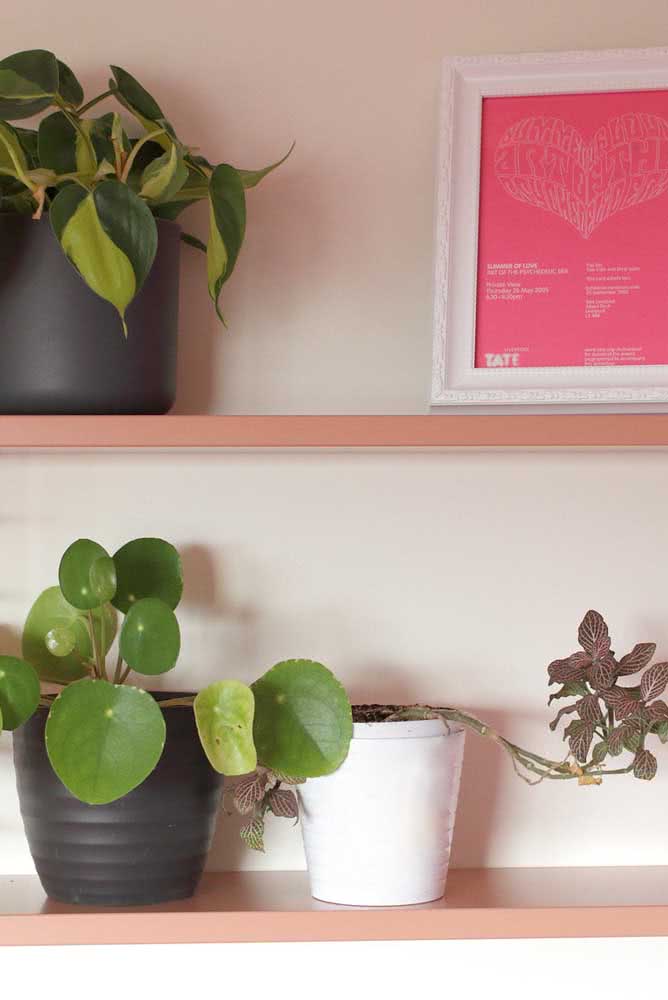
Image 22 – The pendant fitonia is perfect for shelves and tall cabinets.
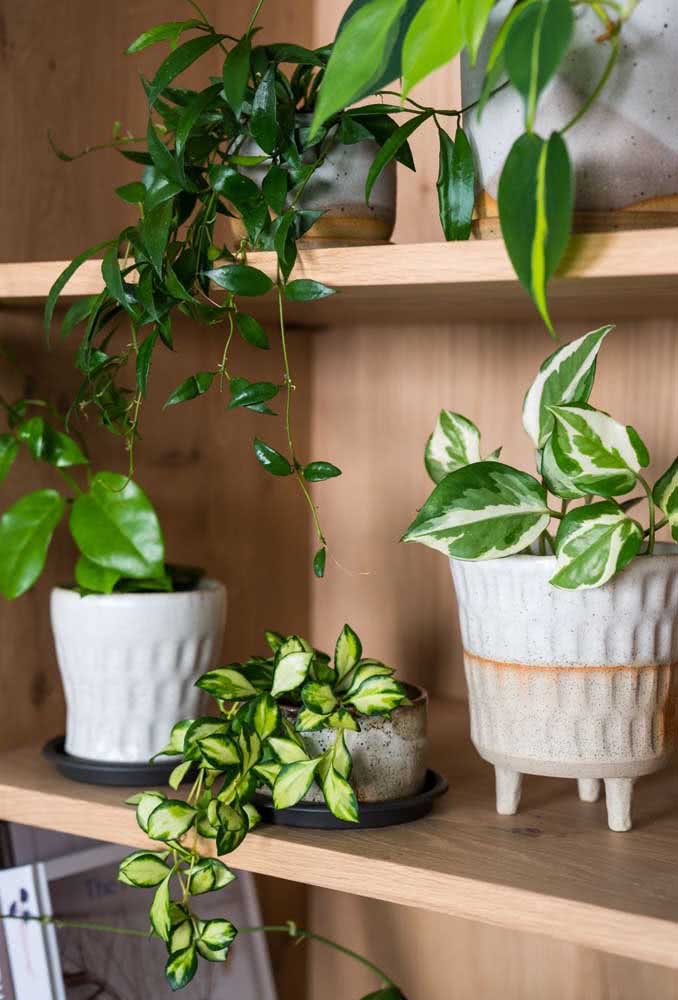
Image 23 – A simple vase, but one that enhances the natural beauty of fitônia.
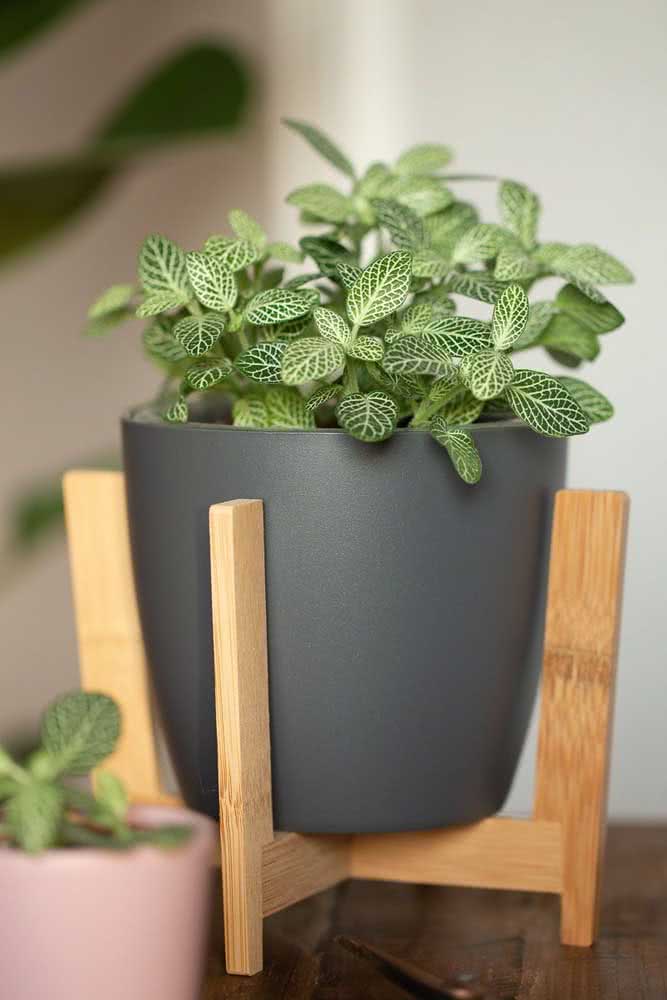
Image 24 – Alone or in groups, fitônia is always highlighted.

Image 25 – Minimalist environments also combine with fitônias.
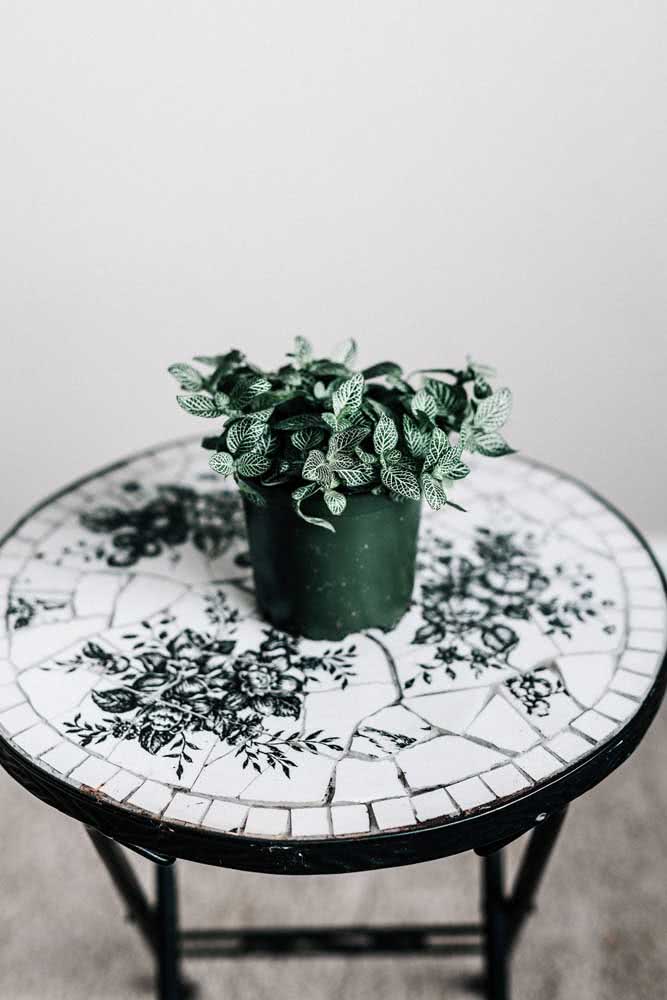
Image 26 – A terrarium with phytonias and other species enjoying the light that comes from the window.
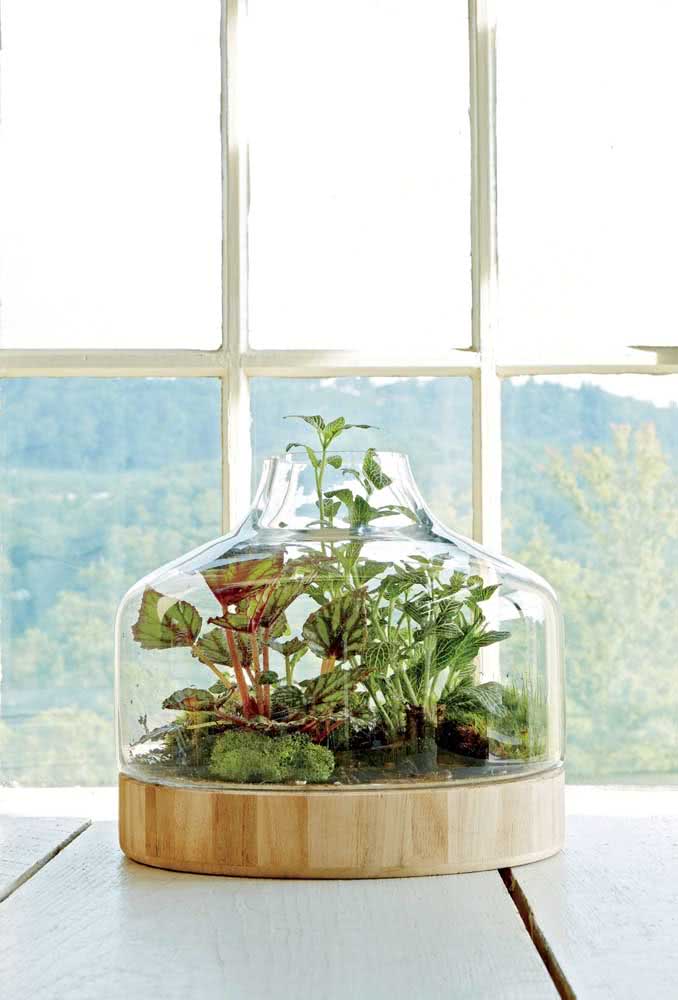
Image 27 – How about planting in the same pot, peperômia and mini fern?
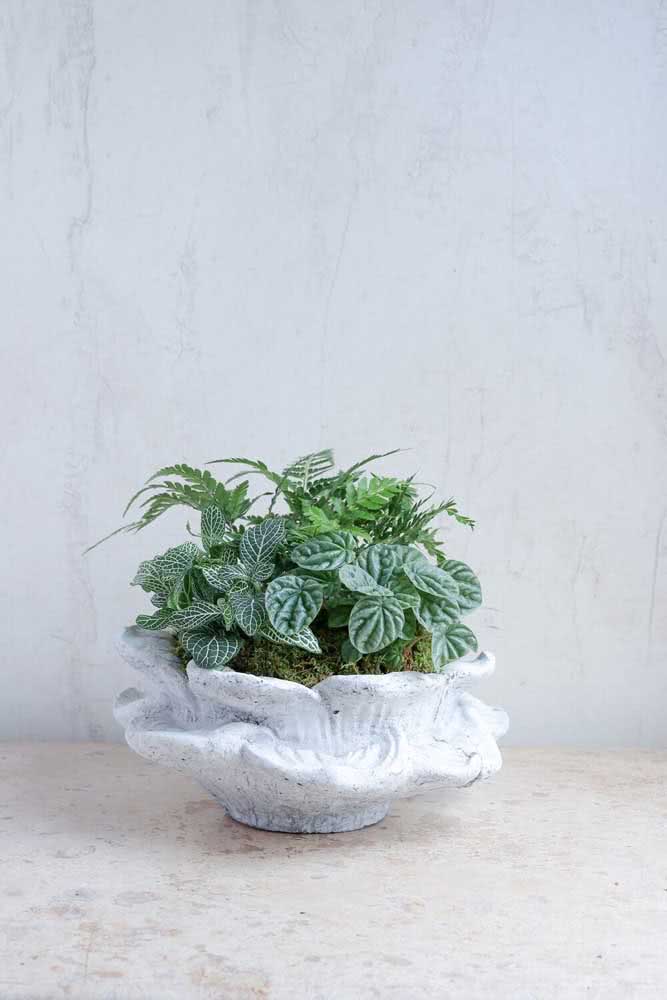
Image 28 – Here, the bromeliads protect the phytonias. Notice that both have the same color tone.
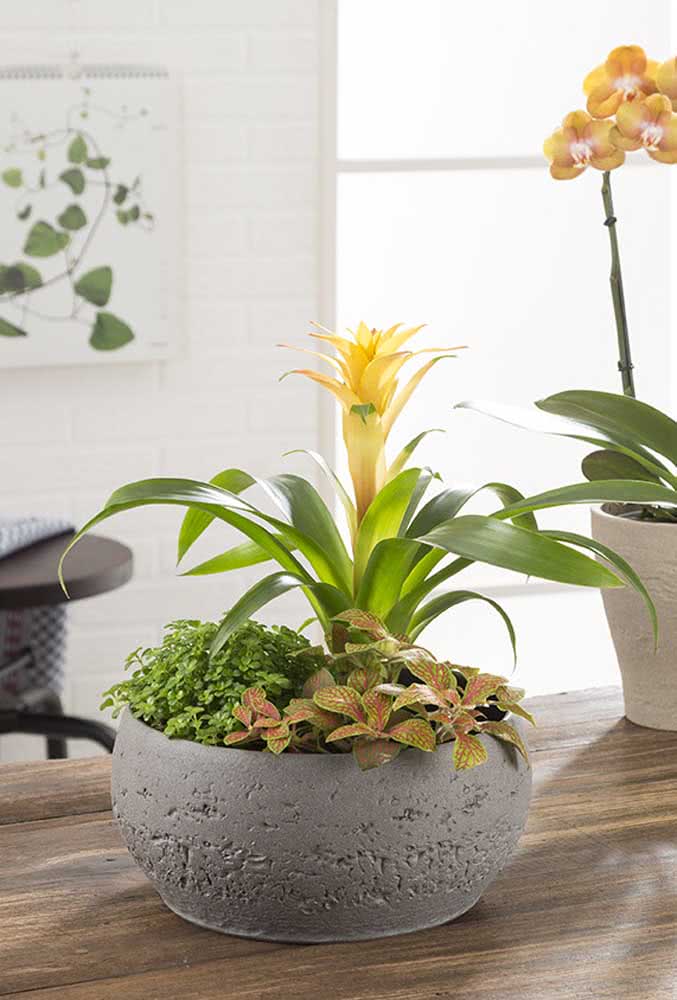
Image 29 – Mini urban jungle with phytonias and other species of foliage.

Image 30 – Fitônias are even more beautiful in clay pots!




